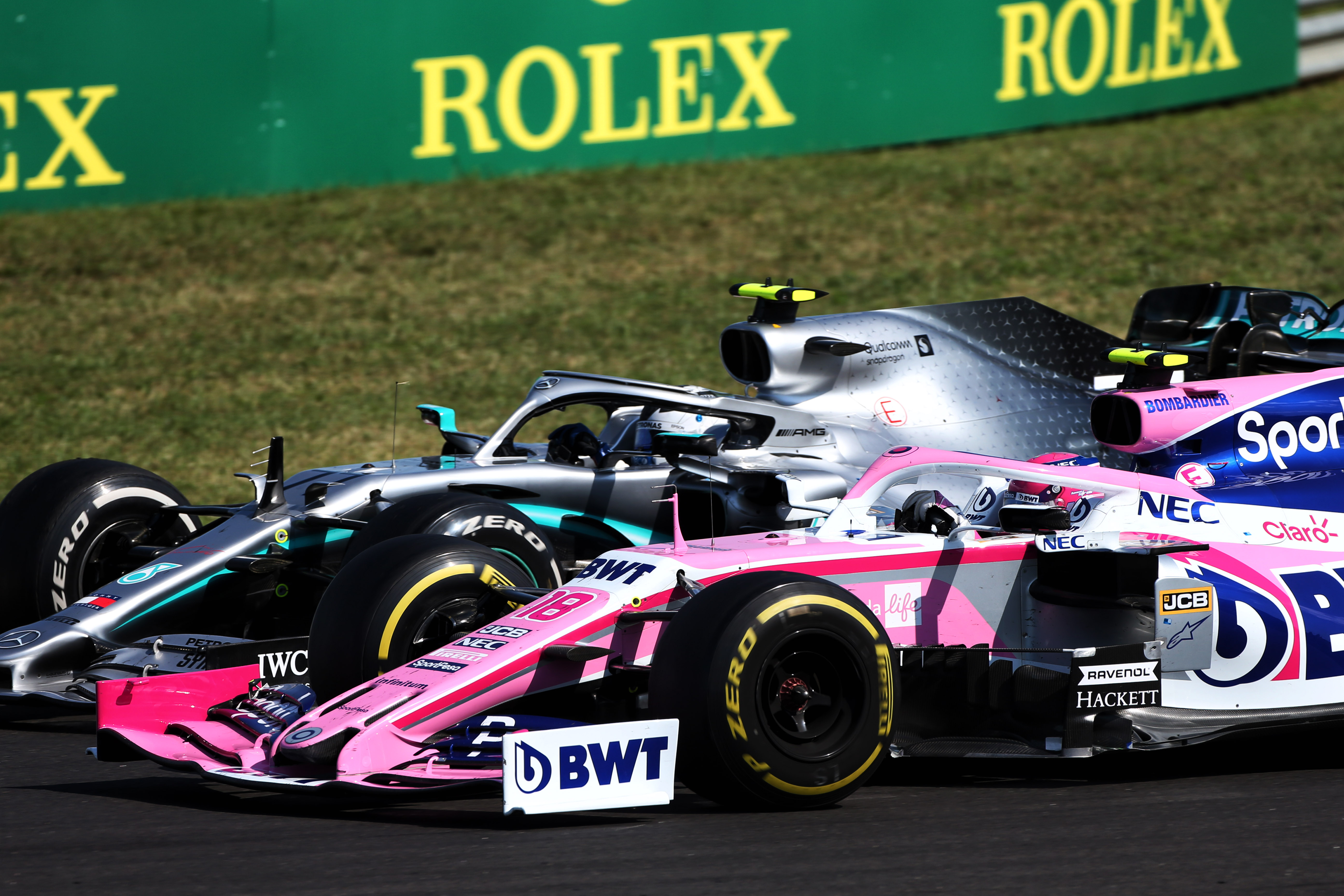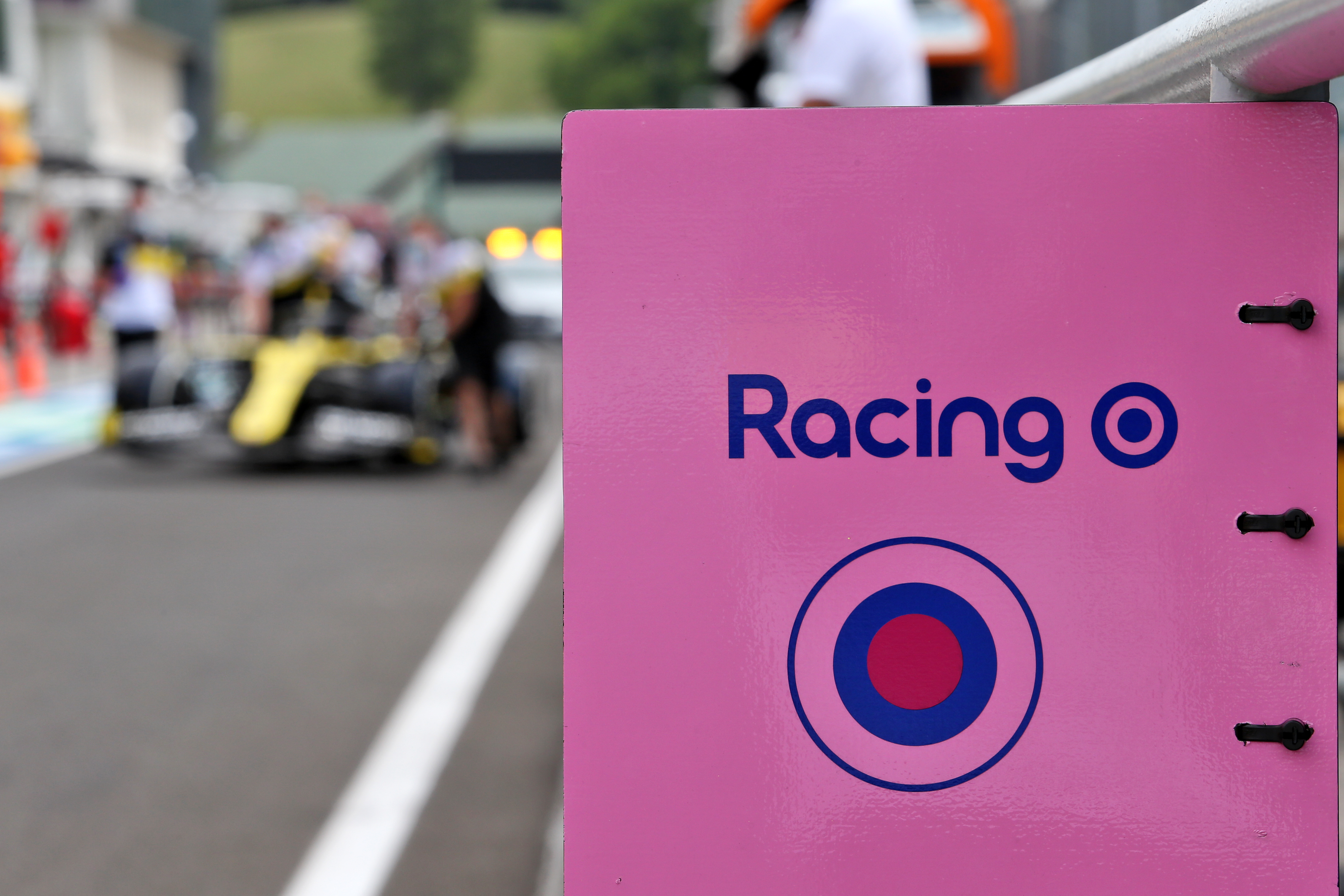Up Next

Renault’s protest against Racing Point’s brake ducts hinges on the stewards’ interpretation of the process a team must follow to prove its designs are its own, even if heavily based on a part used by another team.
Brake ducts were added to the ‘listed parts’ detailed in Appendix 6 of the Formula 1 sporting regulations for the 2020 season, joining major components such as the survival cell and bodywork.
The regulations state that a team can only use listed parts it has designed, although it is permissible to outsource their design and/or manufacture, provided it is not to a rival team or an associate of one. The key is that the team holds the Intellectual Property (IP).
But the change in the regulations means that while it was legal to run brake ducts you did not design in 2019, this is illegal in 2020.
This has created an unusual situation, as although the regulations expressly forbid the exchange of parts or design data for listed parts between competitors, this could have been done legally in 2019.
Racing Point could therefore legitimately have had full knowledge of the Mercedes 2019 brake ducts from last year and designed them again from scratch to satisfy the letter of the regulations.

Haas has taken this approach having run Ferrari brake ducts in 2019, while Racing Point ran what were externally Mercedes-style brake ducts for much of last season
The FIA’s head of single-seater technical matters Nikolas Tombazis confirmed that the “essence” of what is being considered in this case is the process of that transition and whether it is legal to run parts based on parts a team legally has knowledge of.
This is a situation without precedent because it’s a loophole created by making the brake ducts into a listed part.
Although Tombazis said the FIA technical department has not investigated the brake ducts specifically, it has been in regular contact with Racing Point and was happy with the process that was followed.
If the stewards agree with that interpretation of the rules, it would mean that the 2020 Racing Point brake duct could be identical to the one used in 2019 by Mercedes and entirely legal provided any knowledge the team has of it was based on running parts last year.
Racing Point team principal Otmar Szafnauer has stressed that “the brake ducts are unique and our IP and designed by us”, which is required to satisfy the rules.
But the stewards will interpret the rules as they see fit and could rule that even a fresh design that is identical, or very similar, to that of 2019 is not legal.

The FIA has been conducting an investigation that will include evidence both from Renault and Racing Point to be supplied to the stewards to assist with making a ruling.
As part of this, the FIA has been supplied with the CAD files of the brake ducts, as well as the physical components, for comparison.
Although there has been much discussion of the internals of the brake duct because they are not so easily visible to photographers and therefore harder to copy in the way Racing Point has done, this is not expected to play as prominent a role in the protest as has been suggested.
The key will be the process that was followed to achieve that design, even if what Racing Point is running this year is identical to the Mercedes 2019 brake duct design.






